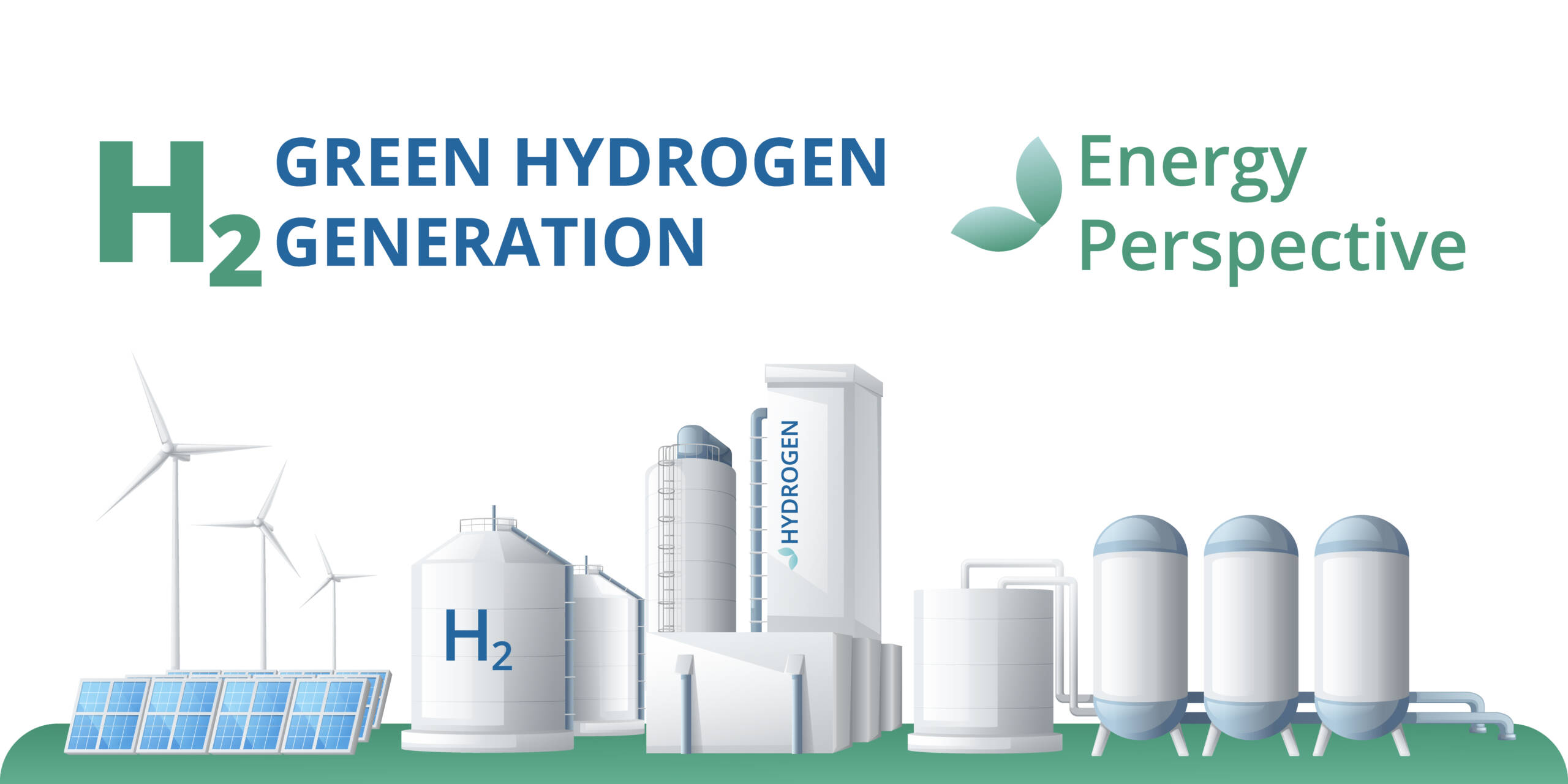The green hydrogen revolution is upon us, offering businesses a transformative pathway to sustainability and operational efficiency. This clean fuel source produced from renewable energy like solar and wind, holds immense potential across diverse industries, ranging from transportation and power generation to manufacturing and heating. Yet, with a multitude of green hydrogen solutions emerging, selecting the optimal one for your specific needs can seem daunting. This blog aims to empower you to navigate this exciting landscape and make an informed decision for your business.
Understanding Your Green Hydrogen Needs:
The first step toward finding the right solution is a thorough self-assessment. Consider factors like:
- Application: For what purpose do you need hydrogen? Is it for fuel cell vehicles, industrial processes, or energy storage?
- Scale: What volume of hydrogen will you require daily, weekly, or annually?
- Budget: What is your investment capacity for technology, infrastructure, and operational costs?
- Infrastructure: Do you have existing infrastructure that can be adapted for hydrogen use?
- Sustainability Goals: What level of carbon reduction are you aiming to achieve?

Exploring Green Hydrogen Options:
Now, let’s delve into the different green hydrogen solutions available:
- On-site Production: If you require large volumes of hydrogen readily, investing in an on-site electrolysis system powered by renewable energy might be cost-effective. This offers complete control over production and fuel quality but requires significant upfront investment and technical expertise.
- Off-site Procurement: Purchasing green hydrogen from dedicated producers avoids upfront infrastructure costs and offers scalability. However, you rely on market availability and transportation considerations, influencing cost and emissions.
- Biogas-derived Hydrogen: Utilizing biogas from organic waste offers a sustainable and localized hydrogen source, contributing to circular economy principles. While promising, this technology is still maturing, and production volumes might be limited.
- Hydrogen Blending: Integrating green hydrogen with other fuels like natural gas can be a transitional strategy for reducing your carbon footprint gradually without needing extensive infrastructure changes.

Matching Solution to Needs:
Choosing the right green hydrogen solution requires careful consideration of these factors:
- Cost-effectiveness: Analyze upfront investments, operational costs, and long-term return on investment for each option.
- Scalability: Ensure the solution can adapt to your future hydrogen needs.
- Reliability: Prioritize solutions with proven track records and reliable supply chains.
- Sustainability Impact: Evaluate the solution’s overall carbon footprint reduction potential.
- Regulatory Compliance: Stay informed about regulations governing hydrogen production, storage, and use.
Beyond the Technology:
Remember, successful green hydrogen adoption requires more than just technology. Building partnerships with experienced providers, developing internal expertise, and securing stakeholder buy-in are crucial for a smooth transition.
Looking Ahead:
The green hydrogen future is bright, offering businesses opportunities to embrace sustainability, enhance efficiency, and gain a competitive edge. By carefully evaluating your needs, exploring available solutions, and considering the broader factors beyond technology, you can confidently choose the right green hydrogen path for your business and pave the way for a cleaner, more sustainable future.




